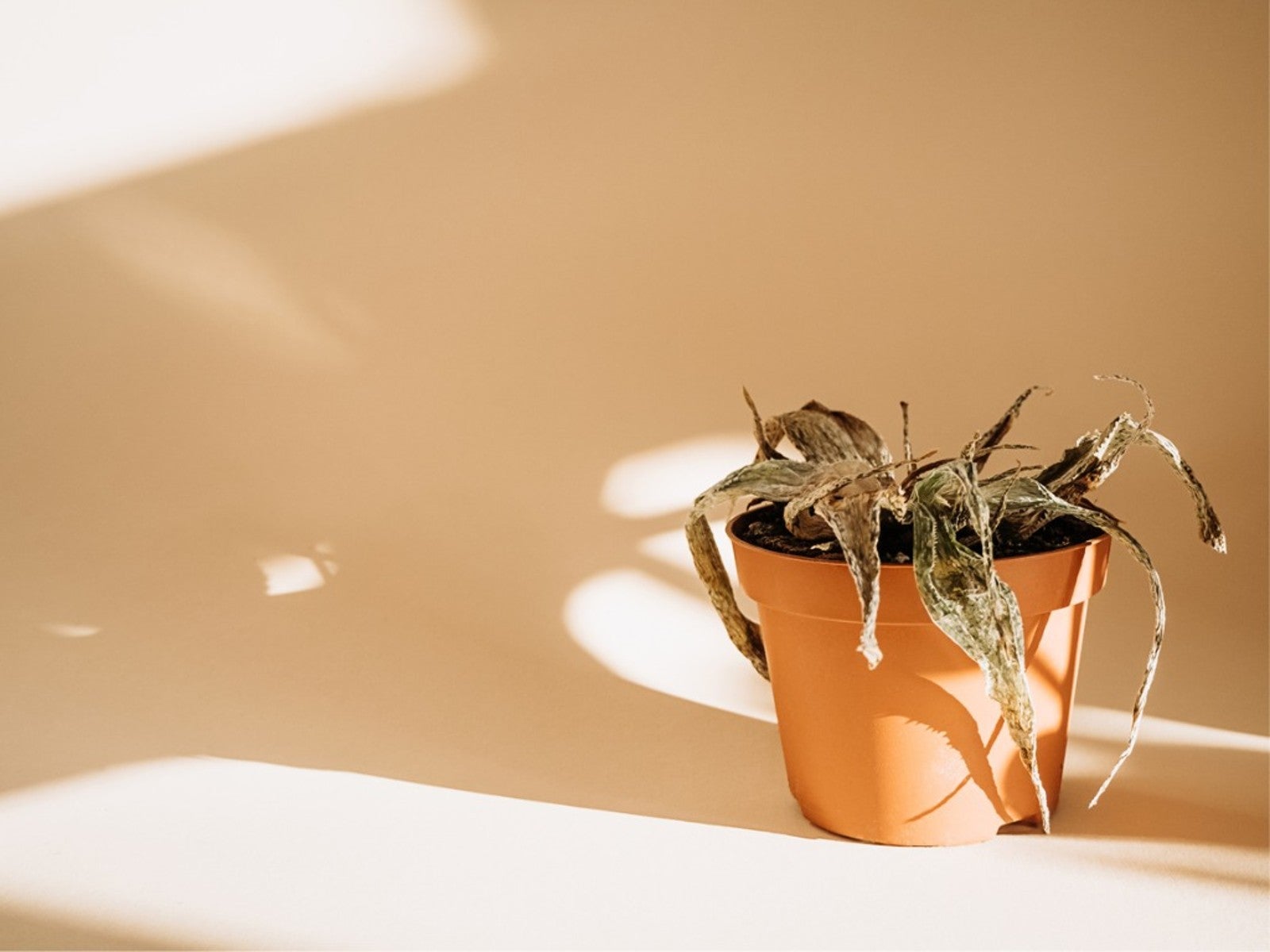Aloe Plant Dying: Common Causes And How To Fix Them


Aloe vera plants are among the most favored succulents available to gardeners and houseplant growers. The continued introduction of new ornamental varieties further demonstrates its growing popularity as a houseplant. A great candidate for growing indoors in containers, aloe has long been praised for its purported health benefits and its unique beauty. It's easy to understand why growers may be alarmed when potted specimens begin to show signs of distress.
Learning more about the needs of the aloe plant, as well as common aloe vera diseases and pests, can help to better determine what may be the cause of the problem. Below, we will explore some of the most frequent explanations as to why one’s aloe vera plant died.
Is My Aloe Plant Dead?
As with any houseplant, sudden changes in appearance can be concerning. Aloe plants may quickly turn from green to brown, leaving us to wonder if the plant has died. Fortunately, most aloe are able to recover from brief periods of neglect without issue. Still, some diligence is required to determine exactly what may have caused the plant to struggle.
In most instances, these changes in appearance are likely the result of inadequate growing conditions. This means that you should first ensure that the plant’s needs are being met sufficiently.
Best Growing Conditions for Aloe Plants
Aloe plants require bright indirect sunlight. Those which receive too much sun may begin to turn brown. Rapid fluctuations in temperature may also be problematic and can cause a noticeable decline in the health of the plant’s leaves.
Succulent plants like aloe are especially susceptible to varying moisture levels. For aloe vera plants, dying back may be the result of over or under watering. Though they are tolerant to drought, aloe plants grown indoors will still require regular watering. Ideally, it’s best to allow the plant’s soil to dry completely before more water is added to avoid waterlogged soil. Slow, deep watering is most beneficial, as it allows for better root development and more prolonged time between care.
Aloe Pests
Aloe vera pests and diseases are yet another common reason that plants may struggle to thrive. Aloe mites are among one of the most concerning insects that may plague the plant. These pests are most known to cause damage to plants in regions where they are able to be grown outdoors. In fact, mites have become quite problematic for commercial growers. Small insects that must be observed with a microscope, mites feed on the plant and cause damaging growths to form. Currently, there are no pesticides available for the treatment of aloe mite. All infected plants must be removed from the garden and destroyed.
Gardening tips, videos, info and more delivered right to your inbox!
Sign up for the Gardening Know How newsletter today and receive a free copy of our e-book "How to Grow Delicious Tomatoes".
Aloe grown indoors may also face difficulty caused by insects. Plants frequented by bothersome insects may become sticky or covered with webs. These signs are most commonly associated with pests such as aphids, mites, and/or mealy bugs. Infestations of any of these insects may cause the health of aloe vera plants to suffer. Fortunately, there are several controls to help growers remedy the problem. Organic gardeners suggest cleaning the leaves with water as among the most effective methods to keep plants healthy. Decaying plant matter should also be removed from pots on a routine basis, in order to avoid creating a habitat for insect intruders.

Tonya Barnett has been gardening for 13 years. Flowers are her passion. She has transformed her backyard into a cut flower garden, which she regularly chronicles on her YouTube channel http://www.youtube.com/@tonyawiththeflowers.
-
 Looking For Plants To Give You The Soft And Fuzzies? Try These 5 Fuzzy Leaf Plant Options
Looking For Plants To Give You The Soft And Fuzzies? Try These 5 Fuzzy Leaf Plant OptionsLovers of texture, drama, silver foliage and tactile plants will adore these special sensory garden additions. These fuzzy leaf plant options will leave you all aglow
By Susan Albert
-
 Get Ready For A Summer Of Hummers! Grow These Full Sun Hummingbird Plants and Flowers
Get Ready For A Summer Of Hummers! Grow These Full Sun Hummingbird Plants and FlowersIf you’re lucky enough to enjoy a sunny backyard, make sure you are maxing out on your pollinator opportunities and grow these full sun hummingbird plants and flowers
By Tonya Barnett